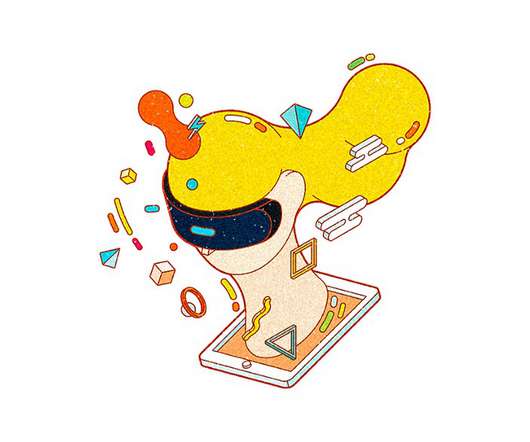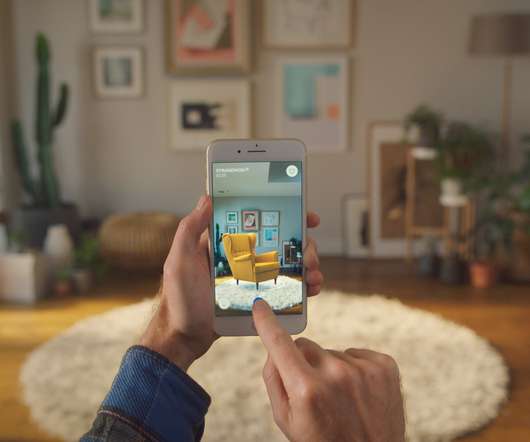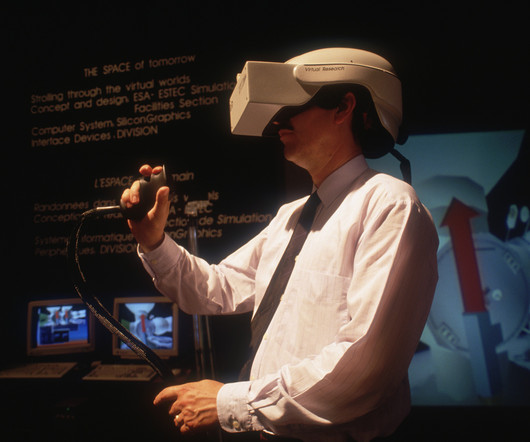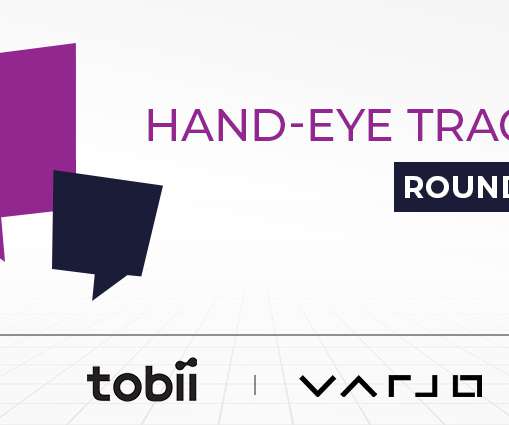AR 101?—?A brief summary (Part 1)
ARVR
JULY 9, 2020
70s : Group of researchers at different organizations, such as NASA, the Massachusetts Institute of Technology, and the University of North Carolina, continued research in computer graphics and virtual reality (Krevelen, 2010). Presence: Teleoperators and Virtual Environments , 6(4):355–385, 1997. O’Reilly Media, Inc.,














Let's personalize your content